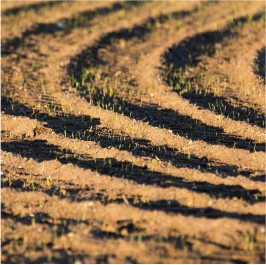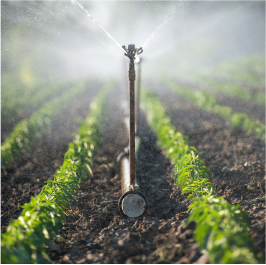Reports
A Future Without
Glyphosate
If glyphosate were no longer available, U.S. farmers would bear the burden of increased input and operating costs, with small farmers disproportionately affected.
Further analysis reveals a cascading chain of likely higher-order effects and unintended consequences, the most impactful being the rapid release of additional greenhouse gasses and the reversal of decades of conservation and sustainability gains.
Key Insights
If farmers lost access to glyphosate:
Farm profits would fall as labor costs rise and they turn to more expensive alternatives.
Alternative tools would increase crop protection costs by 2-2.5X per acre.
Switching to tillage could increase production costs by $1.9B+, while further increasing fuel use and CO2 emissions.
Water usage for irrigation would rise by as much as 19% due to increased tillage.
Small farmers would be hit the hardest by falling profit margins.
Costs to consumers would rise as food prices experience additional inflationary pressures.

Environmental Benefits
Glyphosate-enabled conservation practices on 53.4 million farm acres have helped secure:
22%
reduction in
sediment loss
sediment loss

19%
reduction in water
use for irrigation
use for irrigation

16%
reduction in soil
erosion from wind
erosion from wind

13%
reduction in soil
erosion from water
erosion from water

1.2m tons
fewer C02 equivalent emissions from farm machinery, as reduced tillage results in less fuel use.
32.5m tons
per year of additional C02 equivalent captured by farmland soil, as minimizing soil disturbance and maintaining crop residues helps store carbon.
The total farm-level effect equals the effect of offsetting the yearly emissions from:
5.95M
homes electricity use for a year

36.48M
acres of forest for a year

6.8M
gas-driven cars for a year

Our Conclusion
Eliminating glyphosate as an agricultural tool would lead to an increase in soil tillage for weed control, increasing farmers’ costs, decreasing soil carbon capture, reducing water conservation, and increasing emissions from additional fuel use.

